Aluminum Scandium Sputtering Target Description
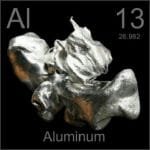
Aluminum:
Aluminum, also known as aluminium, is a chemical element that gets its name from the Latin word for alum, ‘alumen,’ meaning bitter salt. It was first mentioned and observed by H.C. Ørsted in 1825, who later successfully isolated it. The chemical symbol for aluminum is “Al,” and it holds the atomic number 13. It is located in Period 3, Group 13 of the periodic table, belonging to the p-block. The relative atomic mass of aluminum is 26.9815386(8) Dalton, with the number in brackets indicating the uncertainty.
Related Product: Aluminum (Al) Sputtering Target
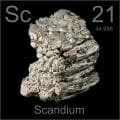
Scandium:
Scandium is a chemical element named after Scandinavia (Latin name Scandia). It was first mentioned and observed in 1879 by F. Nilson, who also successfully isolated it. The chemical symbol for scandium is “Sc,” and it has the atomic number 21. Scandium is located in Period 4, Group 3 of the periodic table, belonging to the d-block. The relative atomic mass of scandium is 44.955912(6) Dalton, with the number in brackets indicating the uncertainty.
Related Product: Scandium (Sc) Sputtering Target
Aluminum Scandium Sputtering Target Specification
| Material Type | Aluminum Scandium |
| Symbol | Al/Sc |
| Color/Appearance | Gray solid, no order |
| Density | 2.7 g/cm3 |
| Technics | Hot Isostatic Pressing, Powder metallurgy |
| Type of Bond | Not Recommended |
| Applications | Semiconductor, CVD, PVD |

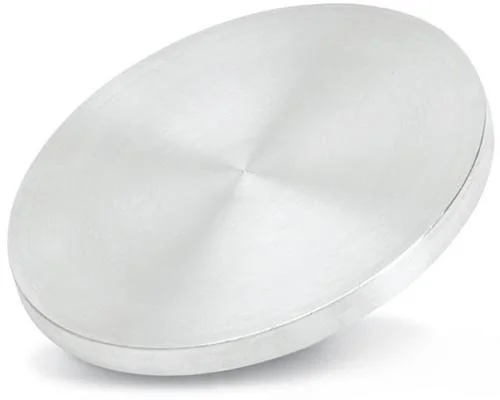
 MSDS File
MSDS File
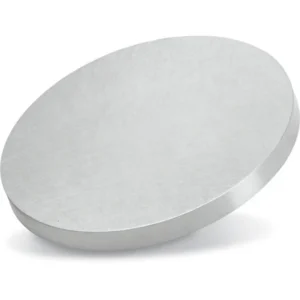
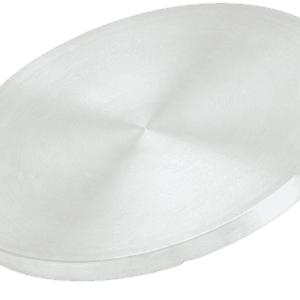
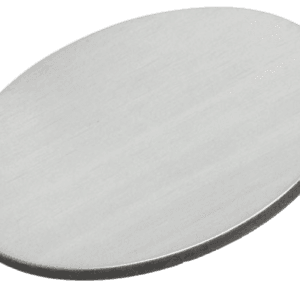
Reviews
There are no reviews yet.